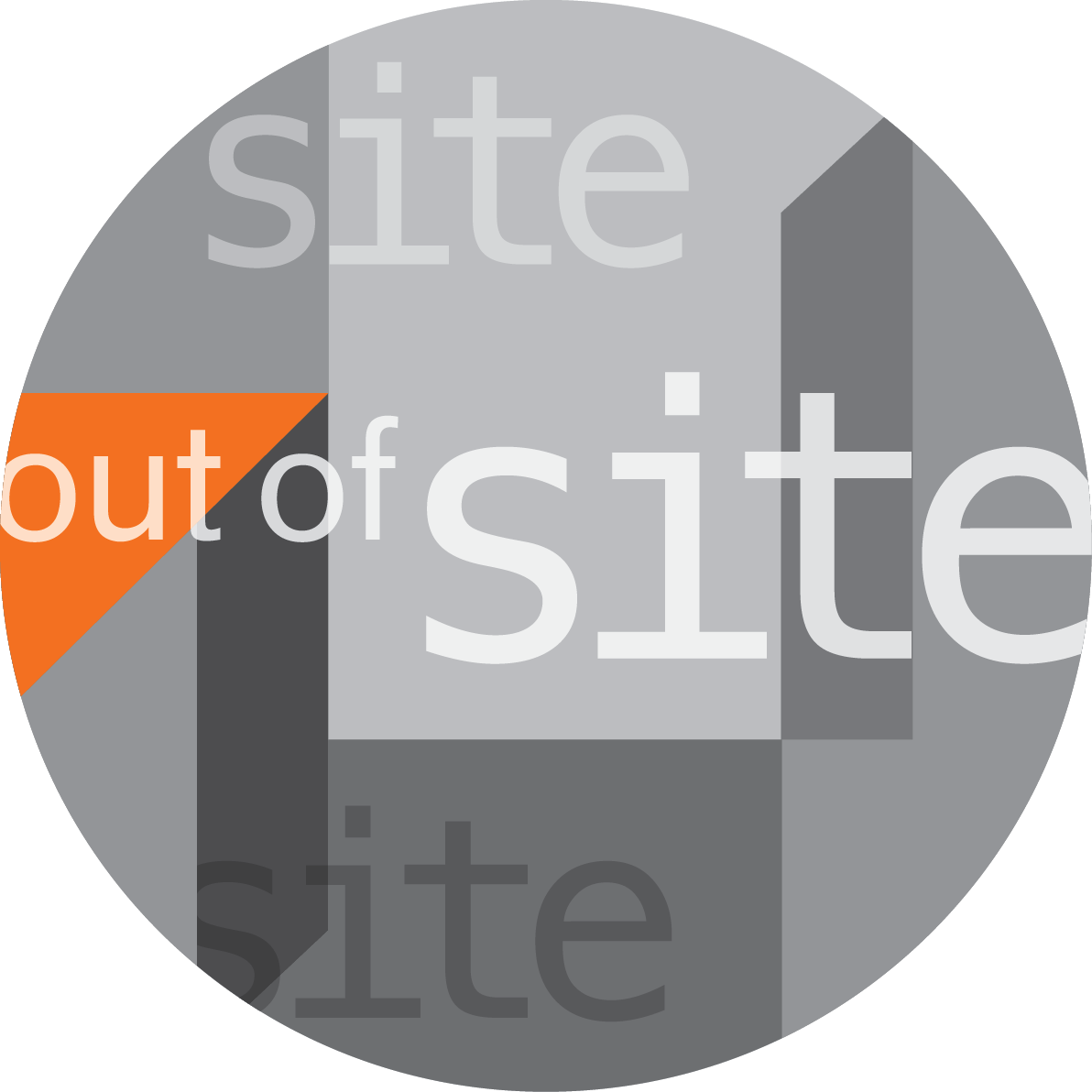Jennie Klein on Isa Fontbona Mola
Corporeal Cartographies of Vulnerability
Isa Fontbona is an artist, an art historian, a philosopher, and currently a doctoral student at the University of Girona in Spain. She is also a body builder who uses her body to display the way in which philosophy, literature, and art have constructed the ideal feminine body. She has gained and lost 30kg/66 lbs for her two year performance TRANSMOGRIFICATION. Between Carving and Bulking. Destroying an Evanescent Body searching for Self Identity, Fontbona deliberately lost weight that she had gained in order to correct a hormonal and psychic imbalance. Fontbona gained the weight in 2018. From 2019 to 21, she lost the weight, documented with photographs by Sergi Pérez. Fontbona has also pushed her body to its limits through repetitive weightlifting, which she does while reciting philosophy and poetry. For her December 2018 performance at University of Alberta at Edmonton, entitled Sculpting the Body As a Masterpiece. Sweating Against “Masculine Domination,” Fontbona did pull ups, bench presses, squats, and bicep curls to the point of corporeal failure while reciting texts on the difference between Cartesian philosophy and phenomenology, gender stereotypes, and resistance. In February 2019, Fontbona, wearing all white, repeatedly back squatted a 65lb bar bell for over an hour while reciting poetry that she read from a music stand. This performance, which took place in Houston, TX just before the world had to shut down due to Covid, was entitled Poetry of Non-Normative Bodies, the title as well as the choice of poetry suggesting Fontbona’s interest in representing different types of bodies, especially those bodies that are differently gendered. In an unpublished statement, Fontbona wrote
(…) It baffles me to locate my identity in my body because it is constantly changing. I don’t feel like it’s even that half anorectic body (assumed in my last competitive experimentation carried out by myself as my own coach), but neither is that body resulting in months of recovery and growth. I’m not any of both extremes, but I don’t know what nuance to place myself. Maybe I'm all of them ... “I am change”. It's disconcerting. (…)
Corporeal Cartographies of Vulnerability was somewhat of a departure for Fontbona, in that she simply sat still in a museum in her small town for 10 hours, her body covered with texts that she had collected about how culture constructed certain ideals around normalcy that left these people out. Fontbona’s aim was to use her body as a canvas to give voice to other bodies. She collected the texts that appeared on her body and on a shattered mirror through social media and through face to face encounters. Fontbona had initially envisioned having people enter and write directly on her body, however, that had to be jettisoned due to the Pandemic. Instead, she was assisted by a feminist collective Les Ortigues, who helped her to write the words of others that she had collected on her body. Wearing nothing but a bikini bottom and covering her breasts with her hands, Fontbona sat hunched over in front of a cracked mirror. The performance ended with people painting over the words (which were in many different languages and alphabets) with gold paint. The words were still visible, evoking an aesthetic of fixing something so that the break was still visible and acknowledged. This was Fontbona’s message to her audience: that her body was there as the medium of their voices to neither fix their pain, nor allow it to remain. Rather, her golden body, which showed the traces of the writing that was also documented on the floor on two sheets of paper, served as a bridge between the pain of those who had given her texts and her utopian project to build bodies that were powerful, multi-gendered, and abled differently.
Fontbona’s work thus far has addressed the difficulty around gendering bodies. It has also addressed the labor of creating a body that appears gendered. Finally, her work has addressed what it means to be the conduit, or canvas, for other people who identify as non confirmative gendered. A performance such as Corporeal Cartographies of Vulnerability would normally have created controversy. Instead, those who had experienced face to face contact with Fontbona and who were local came to the exhibition and thanked Fontbona for making this piece. Fontbona performed this piece in Spain, a country that was at the center of the Counter Reformation and is still very Catholic. I was struck by the fact that Fontbona’s willingness to assume the pain of other had much in common with the idea of Homo Sacer, the sacred (wo)man that exists outside the law, the accursed (wo)man who is banned and may be killed by anybody but may not be sacrificed. Fontbona assumes as well the role of Ecce Homo, the image of the suffering Christ, albeit as a woman, or as a body that is gendered female, rather than as a man.
For Corporeal Cartographies of Vulnerability, Fontbona takes on suffering that is unacknowledged and unclaimed. This performance, which was most likely the most physically difficult action that she had done so far, is astonishing in terms of its generosity and frightening in terms of its vulnerability.


